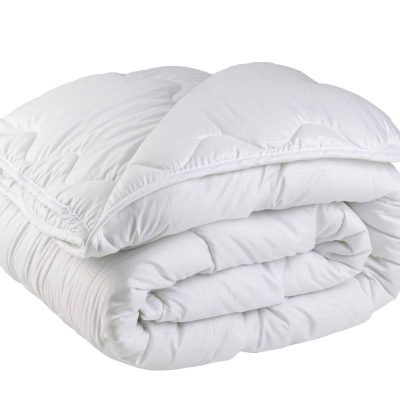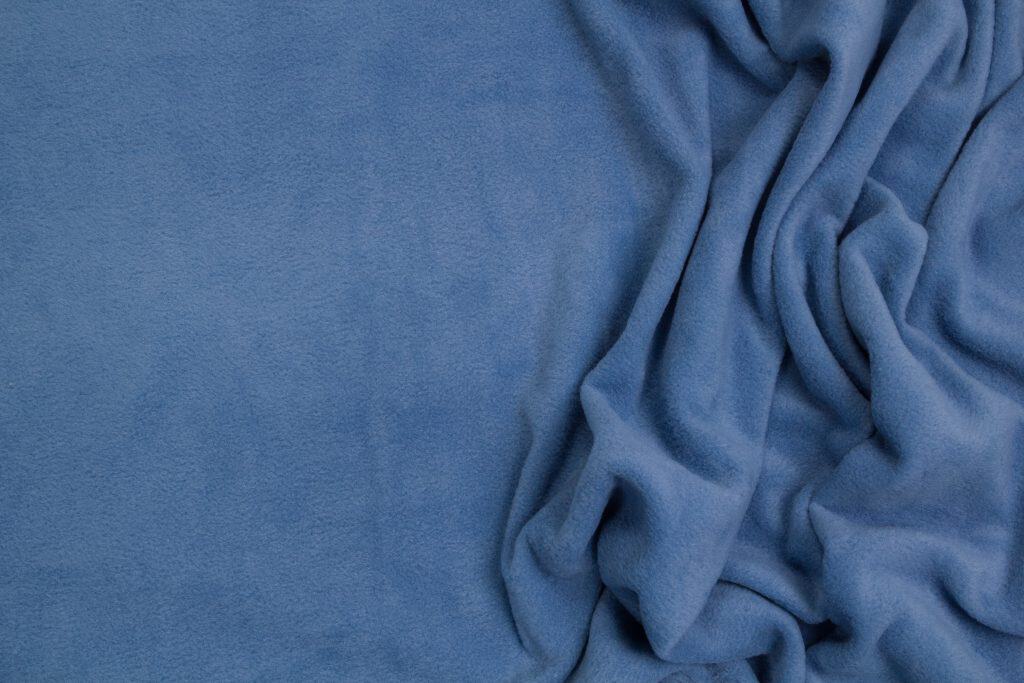Your Comprehensive Guide to Buying Comforter Sets
When it comes to furnishing your new mattress, you might consider any comforter set to be suitable. But, if you’ve ever wrestled with an uncomfortably hot or rough blanket in the night, you’ll know that putting in a little more thought before purchasing is crucial. Here are some pointers to get the most value for your money and ensure a restful night’s sleep.
Our Recommendation 🇺🇸

ROSGONIA Comforter
The Bedding Comforter boasts a 100% microfiber exterior, ensuring a soft, light, and breathable feel. Its filling, made entirely of polyester, guarantees snug warmth. Crafted with robust polyester microfiber, this comforter is not only easy to maintain but also retains its fresh appearance for a prolonged period. It’s a perfect addition to enhance the sophistication and charm of any bedroom or guest space.
Opt for Hypoallergenic Comforter Sets
While wool is a traditional choice for some quilts, and goose down is seen as a luxury, both could trigger skin irritations or allergies. They could also be magnets for dust mites, according to customers we’ve spoken to. Unless you’re certain that you’re not allergic to dander or dust mites, your safest option would be a hypoallergenic bedding set. Often, but not always, this implies a polyester blend. Don’t shun polyester –– newer variants mimic plush fabrics quite convincingly. Faux sherpa fleece and microsuede are two examples. Cotton, especially brushed and fine-thread cotton, is another excellent choice, offering a softer, more soothing touch. The filling material is equally crucial. Poly microfill is one of the latest and most well-received types of comforter filling. Until you know how your skin and lungs will react, opt for a non-biological textile fill.
Look into Comforter Set Add-ons
The bed-in-a-bag sets we’ve examined typically include at least three items: the comforter and two pillowcases. Some also feature additional items such as sheets, Euro-style shams, a bed skirt, and decorative throws. Before you’re tempted by a very low price, consider whether it’s because the set lacks “extras”. On the flip side, many customers we’ve spoken to favored the three-piece sets. They are usually reasonably priced and perfect for gifting, shipping to college dorms, or taking on holiday.
Double Check the Measurements
Interestingly, our team found that different comforter set manufacturers have varying interpretations of Full, Queen, or King sizes. Some quilts barely reach the specified dimensions, while others offer a bit of leeway. Examine the comforter sample displayed on the sales page. If it drapes well, it likely has some room for accommodating more than one bed size or an intermediary size. However, ensure that you’re absolutely certain of your bed size, measuring it again for good measure. Then, contact the manufacturer to confirm their measurements align.
Scrutinize Images Thoroughly
The value of a picture is entirely contingent on its accuracy. Just as with any product promotion, images of comforter sets will be taken at their best. Verify by checking customer’s own photos of how the comforter set appears once unpacked and laid on the mattress.
Study Reviews
We painstakingly peruse dozens of reviews per product, and in some cases, hundreds. We’ve found that the initial page might not always provide a truthful representation. For instance, a few initial negative reviews may surface for inevitable reasons. Alternatively, the first few customers may be ecstatic, while subsequent customers face issues. Therefore, make an effort to at least skim through the majority of reviews before purchasing your comforter set. If you’re pressed for time, consider one of our suggestions above, which our diligent research team has thoroughly vetted.
Conclusion
For a confident purchase, ensure that the manufacturer has a robust return policy. Confirm if the bedding needs to be in its original packaging and if tags must remain attached for a successful return. Given that bedding comes into close contact with our bodies, it’s appropriate and safer for comforter set guarantees to include these conditions. Usually, returns are accepted if the item significantly differs from the advertised product, if the wrong item was delivered, or if there are design defects. With an abundance of reviews and innovative new materials available, finding the ideal comforter set should be easy. Select the perfect set for you, your family, and recent college graduates to guarantee everyone enjoys a sound sleep.





